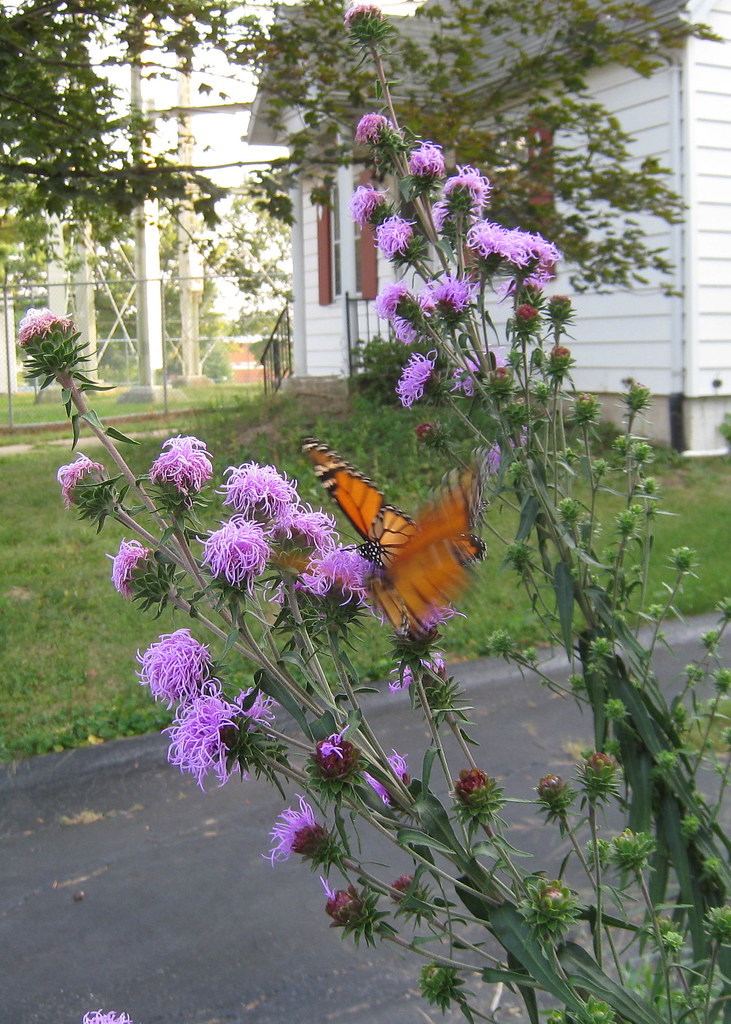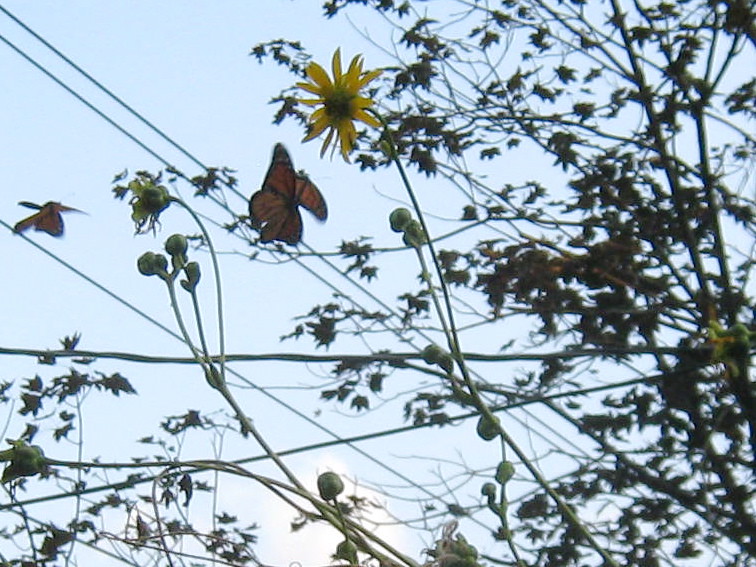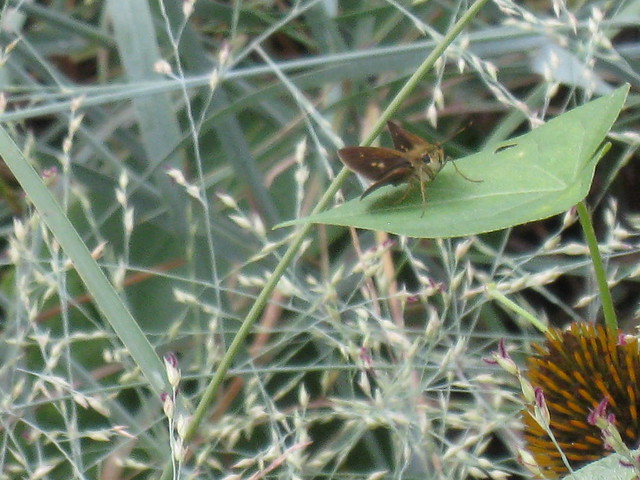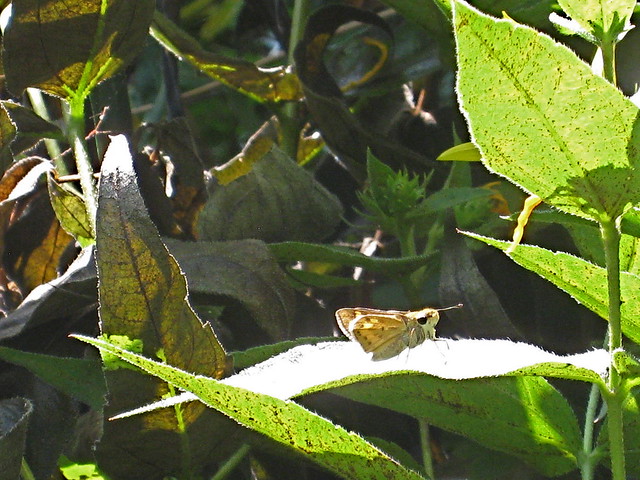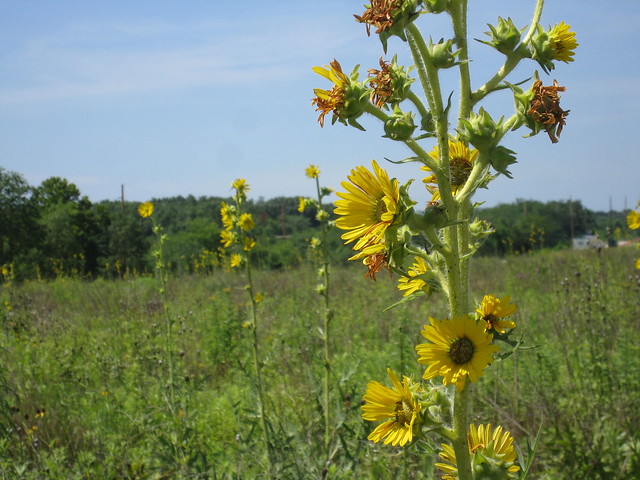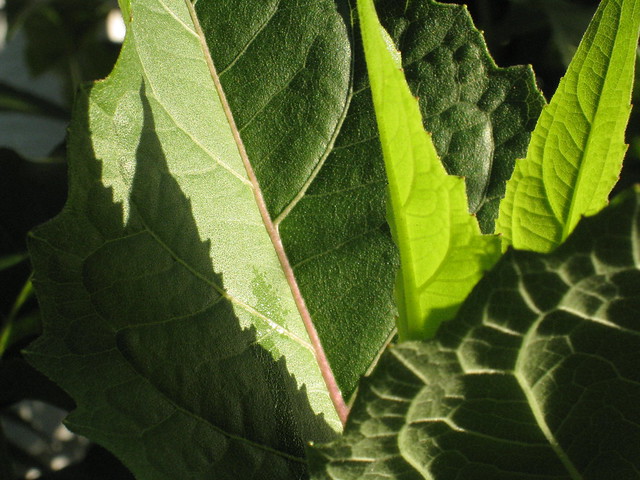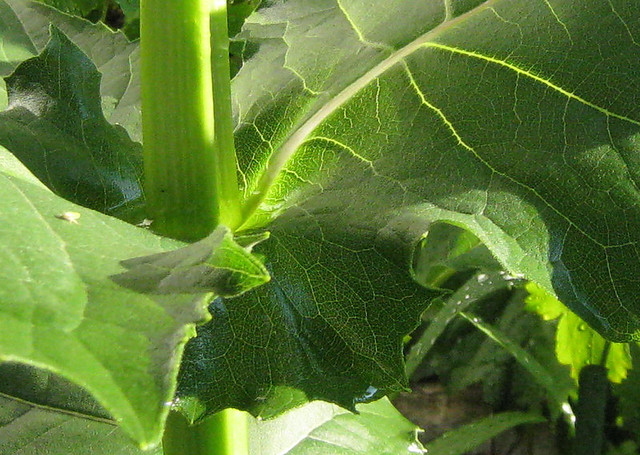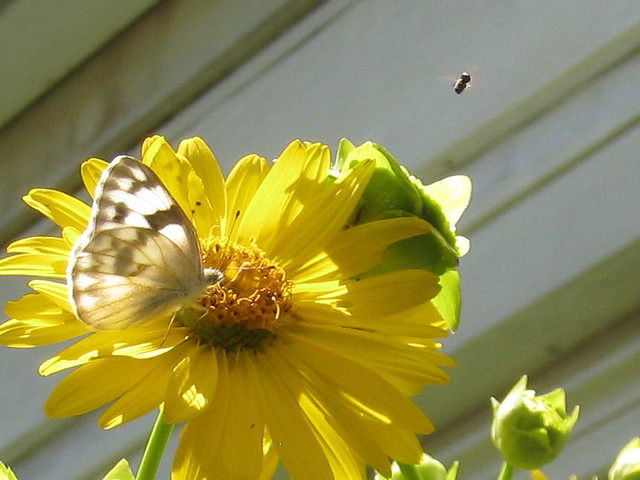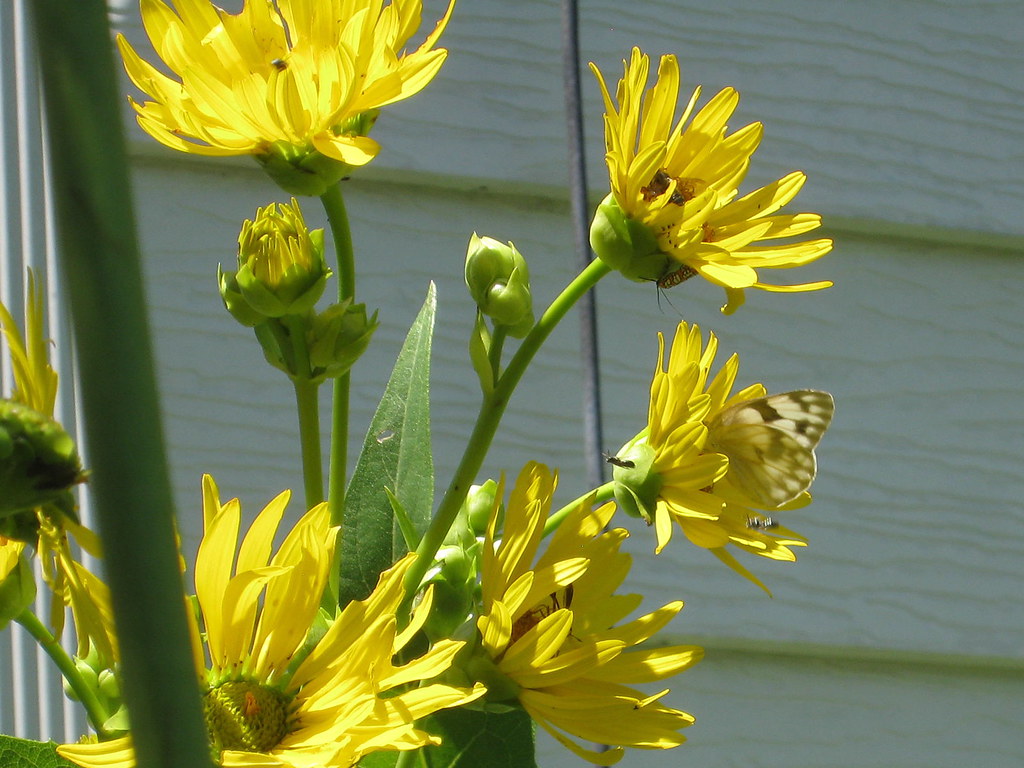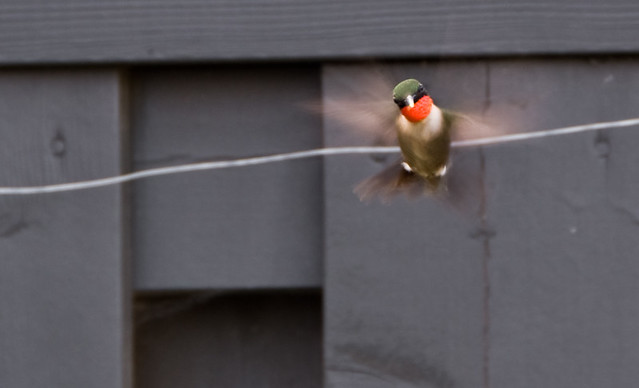 |
| Adult male Ruby-throated hummer flashes his gorget at the camera. Photo by kmaraj |
Everyone has a hummingbird story—everyone who’s ever seen one that is. I took it for granted that everyone had seen a hummingbird, but a few years ago, I dragged a neighbor over to my yard to look at an unusual hummer. She was an older person who had grown up in the Ozarks, yet this was the first hummer she’d ever seen. The only reason she saw this bird was because of the feeder. The feeder is a place to look—a predictable spot for the hummer’s brief visit. This is why I prefer feeders that attach to a window. I know many people who have glimpsed a hummer, but weren’t sure it was actually even a bird. When a bird flies right up to the glass and for a pause that refreshes, you can really see it—ruby-colored gorget and all. (“Gorget” is a term that describes the iridescent feathers of the throat of the adult male.)
I visited Big Bend National Park one summer. A bit like visiting Hades, but wow—the hummers! There were Black-chins with purple throats, Broad-tails with wings that make a ringing sound, and the largest US hummer, the Blue-throated. Most exciting of all was the Lucifer Hummingbird male with his brilliant hot pink gorget. Most visitors to the park never saw any of these however, since most don’t know hummers are abundant there, don’t have binoculars, and don’t know where to look. The park, you see, does not allow feeders. I understand why people shouldn’t feed wildlife in a national park, but applied to hummingbird feeders, it’s a rule that diminishes the experience of some visitors to Big Bend.
I’ve talked to numbers of people who live in good areas for hummers, put out feeders and plant hummingbird-attracting flowers, but have no birds. I suspect they do, but of that feeder and red salvias are any distance from the house, it’s easy to miss a 3.2-inch green-backed bird. The moral of the story: get a feeder and put it where you’ll see it!
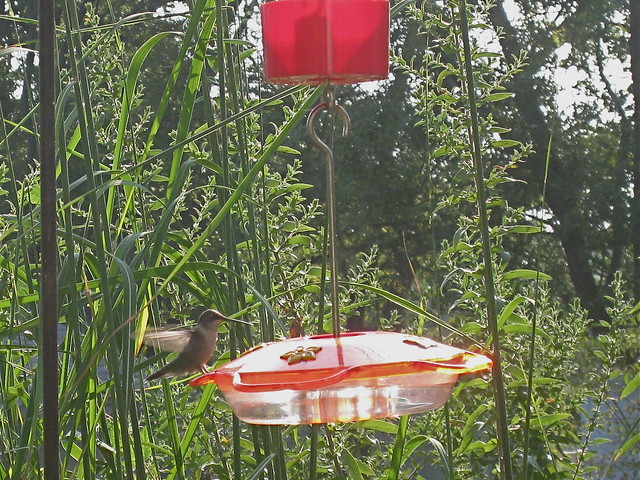 |
| Young male Ruby-throat. Above the feeder, an “ant moat” keeps ants at bay. AMcC |
The formula: Keep a jar that has cup measurements on the side. I fill it with 2 cups of warm water, then add 1/2 cup of sugar. I put the lid on and shake. I keep one or two in the fridge so I’m always ready to refill or replace nectar. I know a lot of articles recommend boiling the water, but the only reason for that is to reduce the bacteria load. I save a step by using tap water, which presumably has little bacteria. I replace the solution often—at least every 3 days. If the temperature climbs near 100°, I replace it daily. That’s a lot of work if you have several feeders, so save steps where you can.
There is some evidence to suggest that cane sugar is better than beet sugar. If the package is just labeled “Sugar,” it’s probably beet sugar. Only sugar from sugar cane can be labeled “Cane Sugar.” There’s tons of evidence that shows that honey is very bad for hummingbirds. The feeder is supposed to replicate the nectar produced by flowers that attract hummingbirds as pollinators. Nectar produced by flowers is sucrose, a disaccharide, whereas honey is monosaccharide fructose. In the wild, hummingbirds feed on flowers; they don’t raid beehives.
What about the red food color? I know commercial hummingbird nectar is dyed red, but dye is not recommended. It’s true that hummers are attracted by the color red, but that’s why hummingbird feeder should be red at the business end. The feeder port is analogous to a red blossom, but the nectar inside a flower is colorless. For more about feeders, check Lanny Chambers excellent website.
